Didtek Cryogenic Valve are available in gate valve, globe valve, ball valve and butterfly valve etc. Valves are designed with an extended body for use in cold services to -196 degrees C (-320 degrees F).
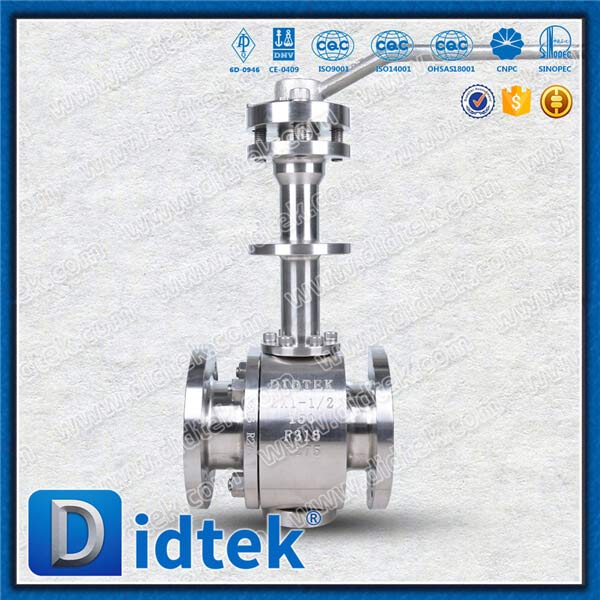
F316 Cryogenic Ball Valve design according to API6D,BS5351,ASME B16.34
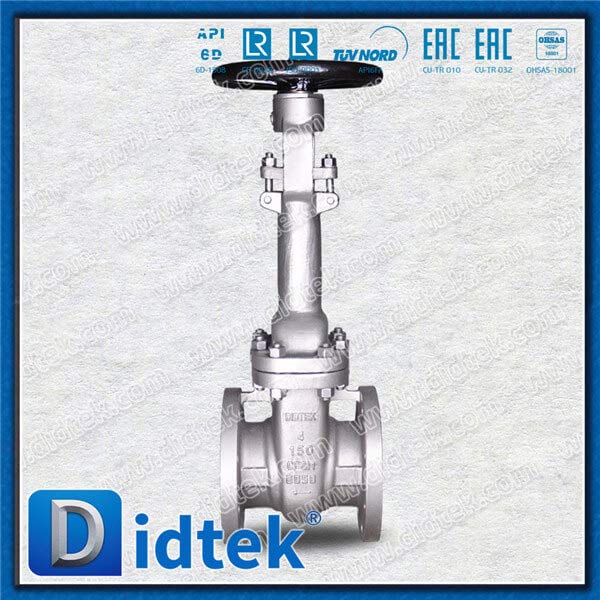
-52℃ API600 A351-CF8M Material Trim No.10 Gate Valve are manufactured to the latest edition of API Standard 600 and tested to API Standard 598.
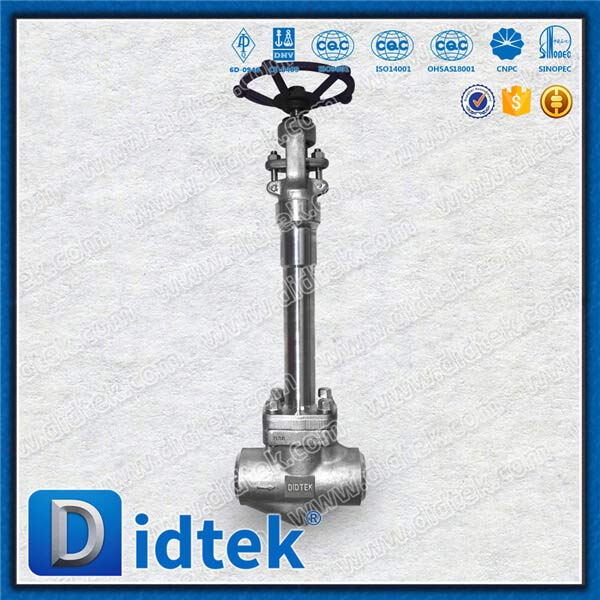
Cryogenic Globe Valve Butt Welded Ends Applicable Standards: Gate valve, API602 Steel Valves, ASME B16.34 Face to face ASME B16.10/MFG'S
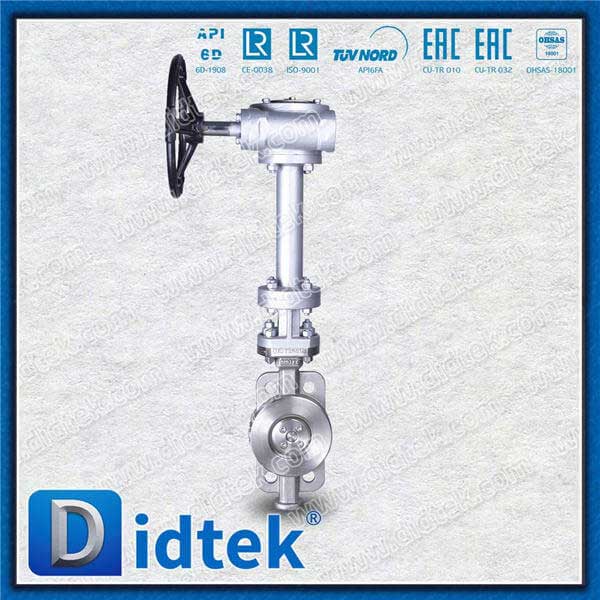
Double Offset Wafer Butterfly Valves are manufactured to the latest edition of API Standard 609 and tested to API Standard 598.
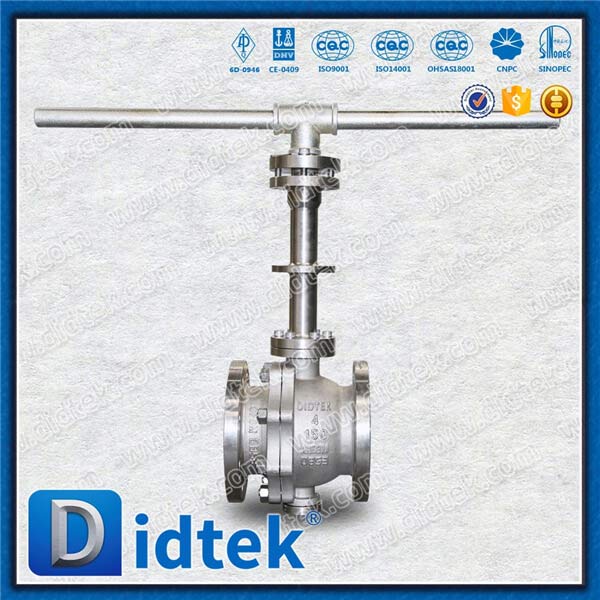
CF3M Ball Valve With Stem Extension 4'' 150LB, CF3M Trunnion Ball Valve, Soft Sealing Trunnion Ball Valve, trunnion ball valve with stem extension, cast stainless steel trunnion ball valve
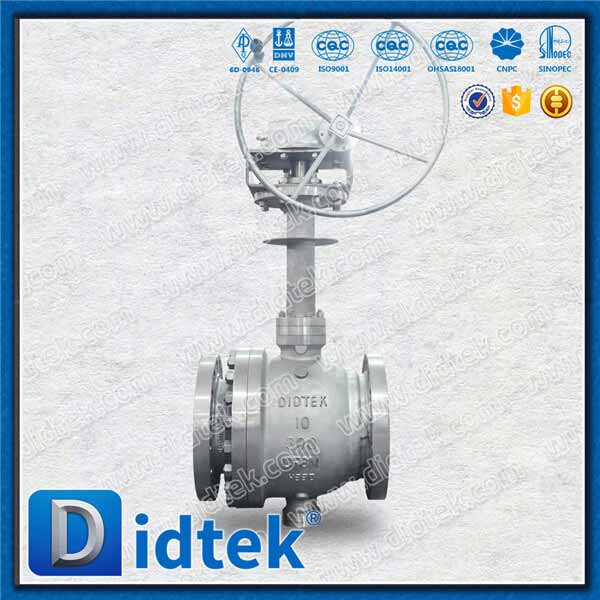
Stainless Steel Soft Seated Trunnion Ball Valve are manufactured to the latest edition of API Standard 6D and tested to API Standard 598.
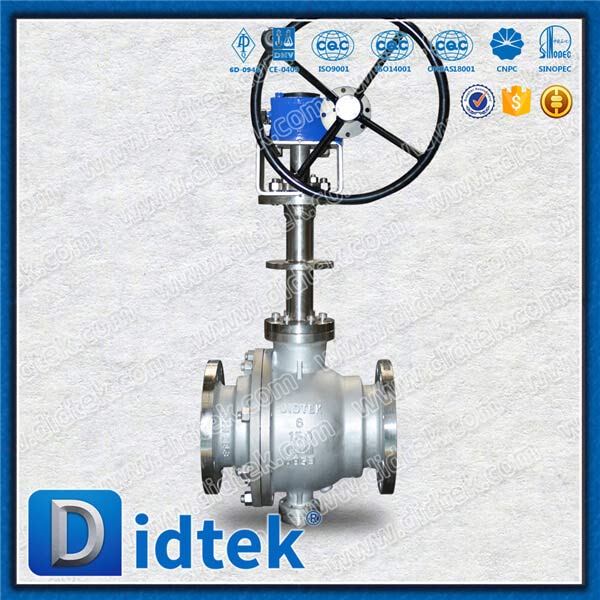
-196℃ LNG Stroage Ball Valve design according to API6D,BS5351,ASME B16.34
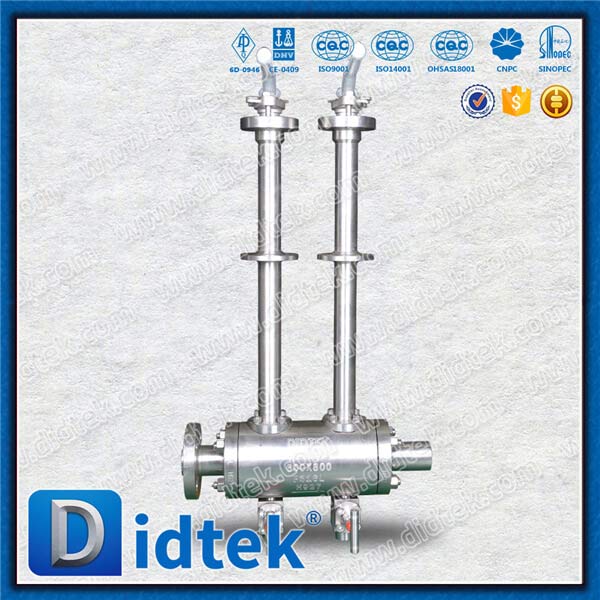
Double Ball Valve With Double Bolck and Bleed Applicable Standards:Ball Valve design according to API6D,BS5351,ASME B16.34
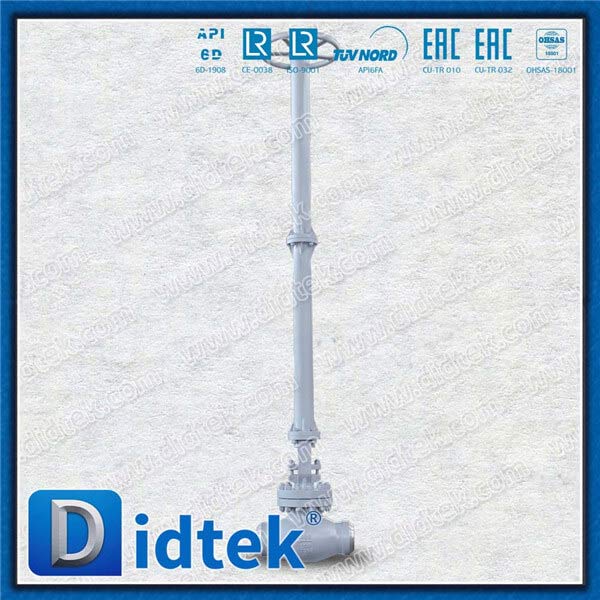
Cryogenic Supper Extention Stem LCB Globe Valve Applicable Standards:Glove valve, BS1873,Steel valves, ASME B16.34,Face to face ASME B16.10,End Flanges ASME B16.5/ASME B16.47
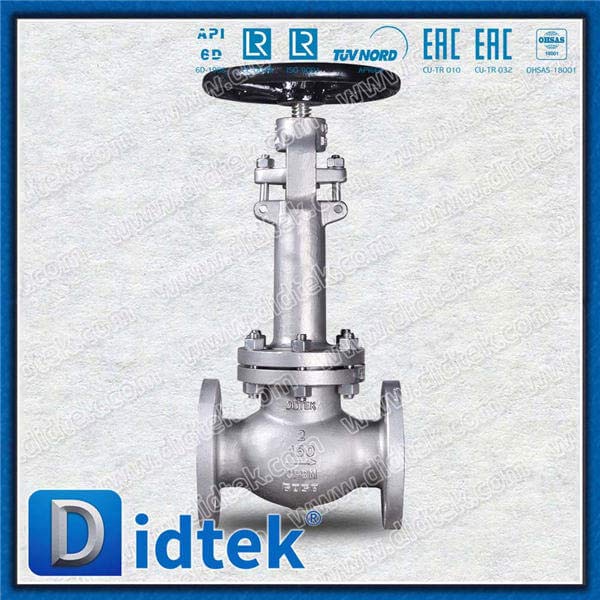
F316 Material Trim No.10 Cryogenic Globe Valve Applicable Standards: BS1873,Face to face ASME B16.10
Cryogenic valves are kept in a natural closed position to keep cryogenic gasses or other medium secure and safely contained. A cryogenic valve is generally designed to react to high pressure which pushes the valve into the open position to allow the gas or other media to flow readily through. Such open flow will continue until the pressure again decreases, at which point it will swing back nd become seal with a special metal seat bubble-tight shutoff to prevent any leaking.
As its name suggests, cryogenic valves are designed to be used in very cold applications. They are thus most popularly used by companies that work with Liquefied Natural Gas (LNG) or Compressed Natural Gas (CNG). For instance, the oil and gas industry frequently uses cryogenic temperature ranges starting at -238 degrees Fahrenheit (-150 degrees Celcius).
Cryogenic gases and other media are extremely sensitive. Having it leak in an unwanted place can cause serious and very expensive damages, especially as it is a costly endeavor to transform standard temp gasses into cryogen.
Standard valves are sensitive to the extreme temperatures as they contract and expand at various rates when exposed to hot and freezing conditions, thus causing breaks in the seal and enabling the undesired leakage. It's these heat gains that have long been a problem in the study, transport, and storage of cryogenic gas processing.
